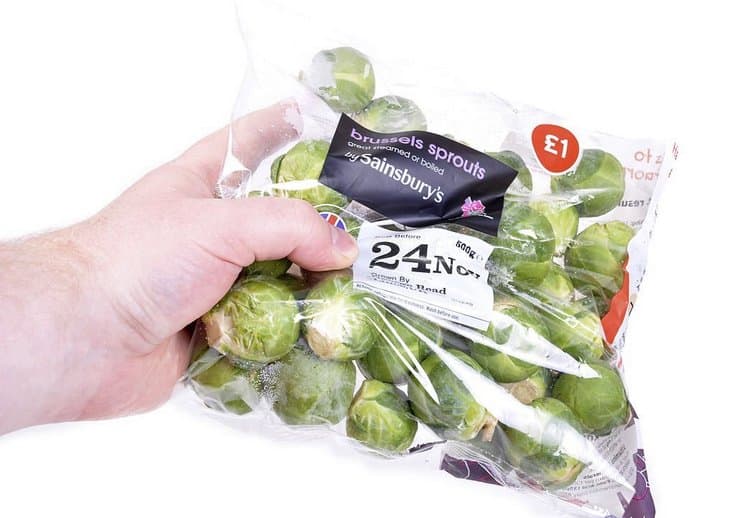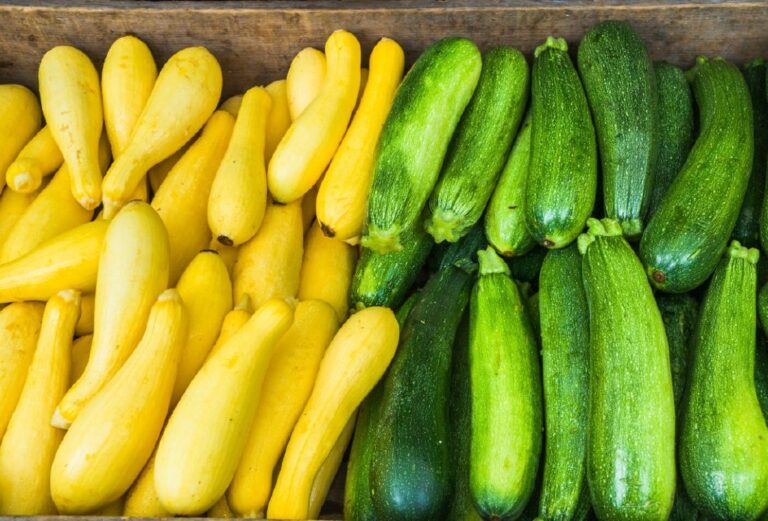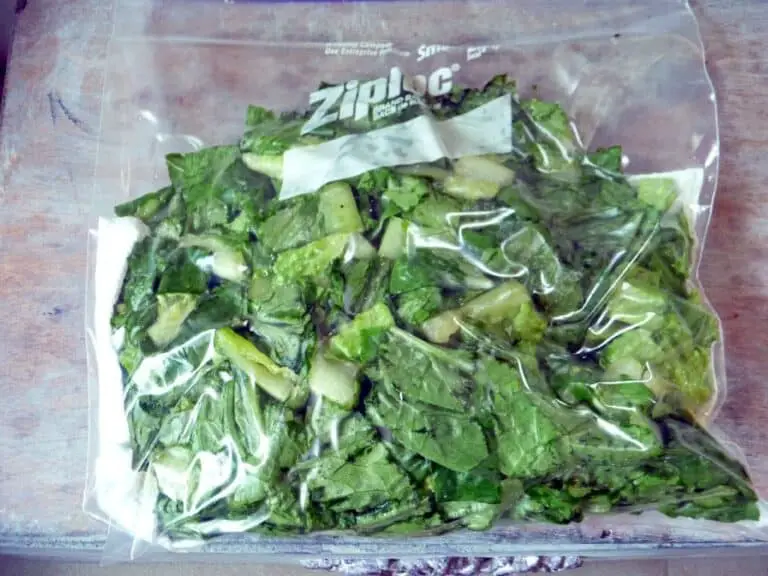How to Make Lemon Curd Thicker and Creamier (Lemon Curd Thickness)
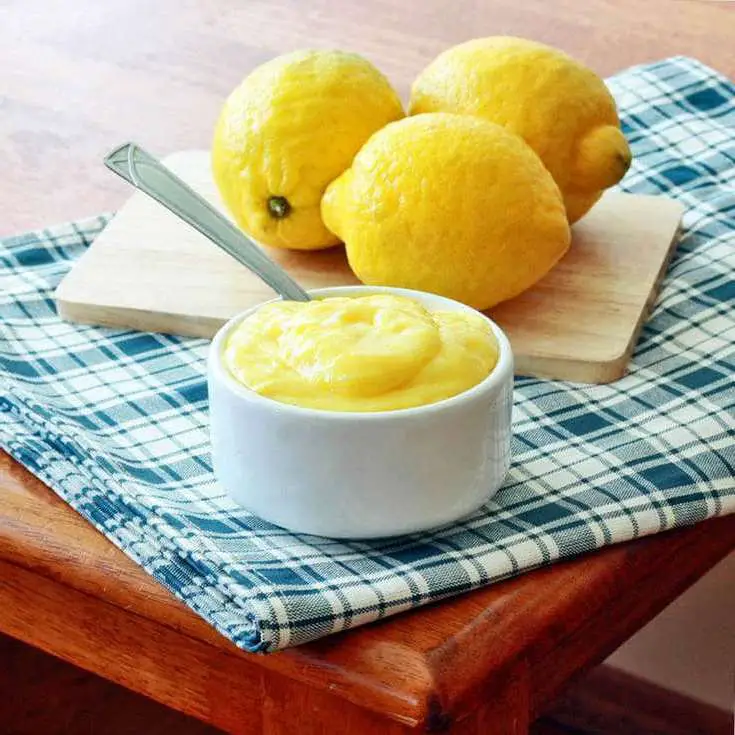
Lemon curd is a type of custard that can be used in a variety of ways. It is a popular lemony spread for scones, toast, and other pastries.
There are many recipes for making lemon curd, but all have the same basic ingredients. It is made from lemon juice, eggs, sugar, and butter. There are many variations to making lemon curd, but the thickness of the final outcome can vary.
Some people prefer a thick and creamy lemon curd, while others like it runnier. Some say that the curd should be thick enough to spread on toast, while others believe it should be thinner so it can be poured over cake or ice cream.
So, what is the perfect thickness for lemon curd?
If you prefer thick and creamy lemon curd, you are in the right place. This article will go through the details of how to make lemon curd thicker and creamier.
How Thick Should Lemon Curd Be? (Thickness vs Thinnes)
Thickness is important when making homemade lemon curd. Many lemon curd recipes call for a thick, custard-like consistency, while others are more like a sauce. So when it comes to thickness, what’s the right thickness for lemon curd?
This depends on the purpose of your curd and your own preferences. A thick curd is excellent for toasting, filling cakes, and making tarts. If you’re using it as a spread on a cake, then you definitely want something thick.
While a thin, pourable curd is ideal for adorning pavlova, drizzled over pancakes, or drizzled over ice cream. If you’re using it to add lemon flavor to your cookies or cupcakes, then you’ll probably want something closer to the consistency of a sauce.
For the purposes of this post, I decided to use lemon curd as a filling for baked goods. As such, I wanted something thick enough to hold together and spreadable enough to pipe into my cupcakes.
Best Uses for Thick Lemon Curd
Lemon curd is a thick spread that can be used in many sweets, baked goods, and even breakfast foods. It’s sweet, tangy, and has a velvety texture that is hard to resist. Here are some of the best ways to use thick lemon curd in your cooking.
One classic way to enjoy lemon curd is to spread it on toast, scones, or biscuits, cake filling. The bright citrus flavor pairs well with buttery pastry, and the thickness of the curd makes it easy to spread evenly. You can also dollop some on top of pancakes or waffles, or even use it as a filling for crepes.
Another great way to use lemon curd is to incorporate it into desserts like cheesecake, pie, or cupcakes. You can swirl it into a cheesecake batter before baking, or use it as a topping for a tart or pie. Lemon curd also makes a great filling for cupcakes or layer cakes, and can be combined with whipped cream or frosting for a light, fluffy texture.
If you’re feeling more adventurous, you can also use lemon curd in savory dishes. It pairs well with seafood, especially shrimp or salmon, and can be used as a marinade or glaze. You can also mix it with mustard, vinegar, or herbs to create a zesty salad dressing. And, if you’re a fan of cheese, try spreading some on top of a cracker with a slice of brie or goat cheese for a refreshing and tangy snack.
How to Make Thicker & Creamy Lemon Curd

Let me share this recipe with you if you enjoy lemon curd but want a thicker version than you usually prepare. It all comes down to the thickest lemon curd! Thickness, taste, and consistency are all important factors. I’ll show you all the techniques to make the ideal lemon curd.
Equipment Needed
- thick bottom saucepan
- whisk
Ingredients
- ¾ cup granulated sugar
- 2 tablespoons lemon zest
- 5 egg yolks reserve those egg whites and save them!
- ½ cup lemon juice This is fresh-squeezed, not bottled.
- 6 tablespoons of chilled butter. Cut them into about ½ inch cubes, into a few chunks.
- A bit of dash salt (⅛ teaspoon)
How to Make
- Begin by washing, drying, and zesting your lemon. To achieve the 2 teaspoons I wanted, I needed two fresh lemons.
- In a small mixing bowl, combine the granulated sugar and lemon zest.
- Whisk in the egg yolks for around 30 seconds. Then stir in the lemon juice until everything is fully combined.
- Next, transfer to a medium saucepan with a heavy bottom.
- Stir regularly while cooking over low heat. Keep in mind that this will fast burn. As a result, make careful to mix evenly in the pan’s corners.
- Remove from the burner after it has just come to a boil. You can see the mix is slowly thickened.
- Mix in the butter cubes until they are melted. Mix and make sure they are properly blended.
- You may use it as lemon curd, but the texture is a bit lumpy. If you want a super smooth curd, then take a while to strain it. I prefer the zest in the curd, so I don’t strain it. This is a personal preference, so strain if you want.
- Cover the surface with plastic wrap if you aren’t planning to use it straight away. This must be placed directly on top of the curd; else, a “skin” will form on the surface.
- Allow it to cool before placing lemon curd in the fridge if you are not going to use it straight away.
- It may be stored in the refrigerator for up to two weeks. You may also store lemon curd longer by putting it in the freeze in an airtight jar. This will to keep it longer for up to 3 months.
Tips to Make Lemon Curd Thicker and Creamier
There are a few tips to make your lemon curd thicker and creamier.
- Start by cooking the mixture over low heat to avoid water evaporation.
- Cook over medium heat while constantly whisking until the desired thickness is reached.
- A thinner consistency will result from removing the curd at 170°F, while a thicker consistency will result from removing it at 180°F.
- Secondly, use a thickener like cornstarch if needed. Make sure that you cook the mixture long enough for the starch granules in the flour to swell and thicken the mixture.
- Another way to thicken your lemon curd is to add a small amount of water to it. The water will help to activate the thickening power of the starch granules, making your lemon curd thicker and creamy.
Finally, be sure to cool your lemon curd before using it in recipes. The curd will continue to thicken as it cools. If you try to add warm sauce to another dish, it may not thicken properly. By letting the lemon curd cool before stirring, you prevent the eggs from cooking.
Thickening Agents for Lemon Curd
When it comes to creating the perfect lemon curd, the thickness of the mixture is essential. The right consistency ensures that your curd can be used in a range of dishes, from spreading it on toast to filling a cake. While a lot of lemon curd recipes suggest using cornstarch as a thickening agent, there are plenty of other options that can work just as well.
Flour
One popular alternative to cornstarch is flour. By whisking a tablespoon or two of all-purpose flour into the mixture, you can create a thick, creamy consistency that sets up beautifully. However, it’s important to whisk the flour in slowly to avoid lumps forming in your curd. Also, you need to cook the curd for at least two minutes after adding the flour to make sure it’s fully cooked and that the flour has a chance to thicken the mixture.
Tapioca Starch
Another thickening agent that can work well in lemon curd is tapioca starch. Tapioca starch is made from the root of the cassava plant, and it’s known for its ability to create a thick, gooey texture in a range of dishes. To use tapioca starch as a thickening agent in lemon curd, you’ll need to mix it with a bit of cold water and then whisk the mixture into your curd. As with flour, it’s important to whisk the tapioca starch in slowly to avoid lumps and to cook the curd for a few minutes after adding the starch, to ensure that it’s fully cooked.
Gelatin
Finally, some lemon curd recipes suggest using gelatin as a thickening agent. Gelatin is made from animal collagen and is often used to set deserts and jellies. To use gelatin in your lemon curd, you’ll need to dissolve a bit of powdered gelatin in cold water and then whisk the mixture into your curd. Gelatin will create a firmer, more set texture than other thickening agents, so it’s perfect if you’re looking to use your curd as a filling for a cake or pie. However, it’s important to note that gelatin may not be suitable for those following a vegetarian or vegan diet.
What To Do if Lemon Curd Doesn’t Thicken?
It’s possible that you make some lemon curd mistakes in the process of cooking. If you didn’t heat your lemon curd long enough, it may not thicken. If you are making a lot of lemon curd, it could take up to 30 minutes of constant stirring to cook it. Keep in mind that once the curd has cooled, it will thicken considerably. So, in this condition, what to do with your lemon curd?
You may reheat your chilled curd to thicken it if it isn’t thick enough. Stir frequently over low heat. Before turning off the heat, check that it coats the back of a spoon.
Simmer until it gets thicker. Add another egg yolk or a teaspoon of cornstarch mixed with a tablespoon of water to make a thicker curd.
Why Is My Lemon Curd Lumpy?
Are you experiencing lumps in your lemon curd? This can be a frustrating problem, but if there are only a few lumps, it can be filtered out.
To keep your lemon curd from getting lumpy, you could stir it for a longer time. Throughout the cooking process, keep stirring.
Lemon curd is a mixture of eggs, sugar, butter, and lemon juice that is cooked over low heat until thickened. If the eggs are not properly cooked, or if the mixture is not stirred often enough, lumps will form.
If your curd has become too hot, keep stirring and place the saucepan’s base in a sink of cold water.
Adding a small amount of cold water to the mixture before cooking can also help to prevent lumps from forming.
By following the above tips, you can ensure that your lemon curd will be smooth and creamy every time.
How to Make Lemon Curd Sweeter
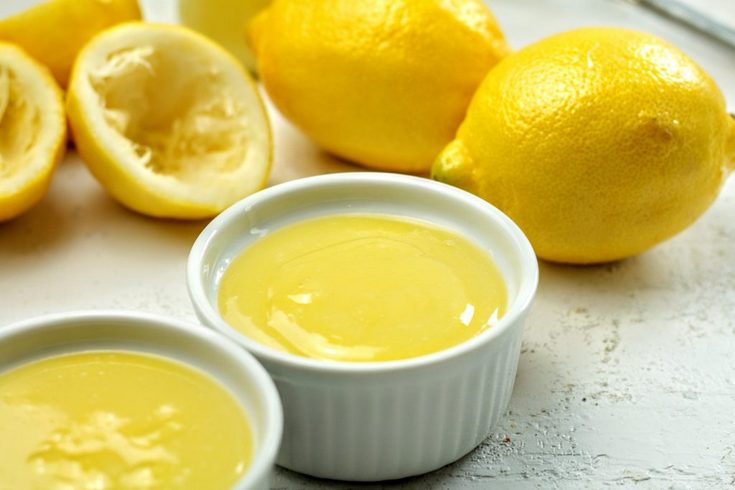
The sweetness of curd can vary based on the tartness of the fruit used. You can experiment with different amounts of sugar if you’re not sure where to begin.
Determine how you’ll consume your curd before sweetening it. Desserts that are very sweet, such as pavlova, a rich cake, or ice cream, pair well with a tarter curd, and vice versa.
There are a few different ways to make lemon curd taste sweeter. Adding sugar, honey, agave, or coconut sugar can all help to make the lemon curd sweeter.
Sugar can be added before or after the eggs are added to the mixture. Adding sugar will help to make the lemon curd thicker and more stable.
Another way to add sweetness is to use honey. Honey is a natural sweetener, and it will also help to thicken and stabilize the lemon curd.
Agave is also a natural sweetener, and it can be used in place of honey. Agave is sweeter than honey, so you will need less of it.
Final Thought
In conclusion, there are a few tips to make your lemon curd thicker & creamy. Start by cooking the mixture over low heat and cook over medium heat until the desired thickness is achieved. You may add a thickener like cornstarch to thicken the mixture. Continue to stir during the cooking, as it will prevent creating lumpiness in your lemon curd. Finally, let your lemon curd chill before using it in a dish. If you try to add it to another meal while it’s still warm, it might not thicken correctly. You may avoid overcooking t


